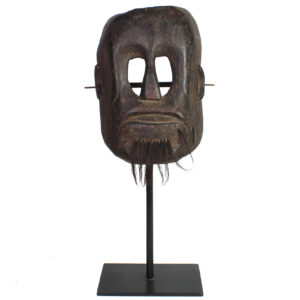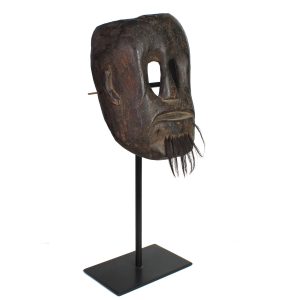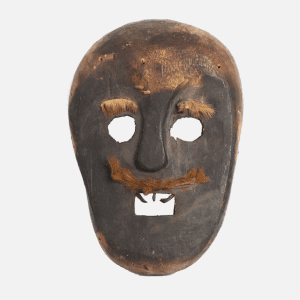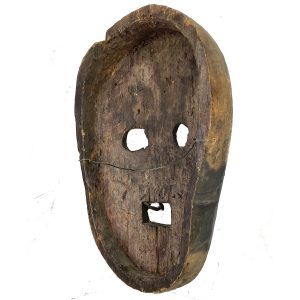Vintage Ancestor Mask, Featured in 1st Spiderman Movie, Indonesia (1203)
Original price was: $1,750.00.$1,350.00Current price is: $1,350.00.H: 20.75″ W: 8″ | CALL 213-568-3030 OR EMAIL [email protected] FOR SHIPPING
Rare Timor ancestor mask for ritual offerings to honor the departed and provide space during village visits, repel evil spirits. Featured in 2002 Spiderman movie in collection of the Green Goblin.




